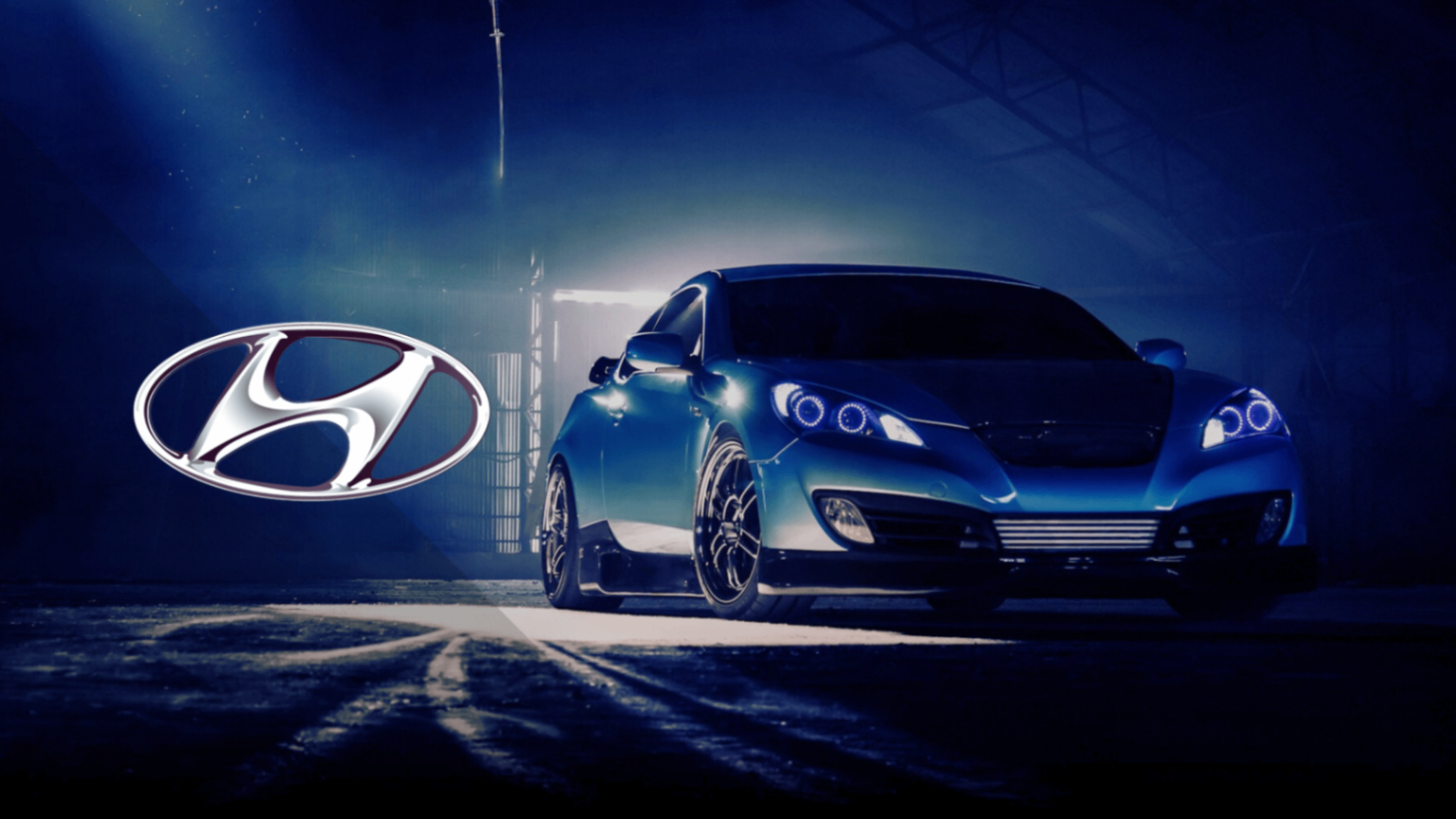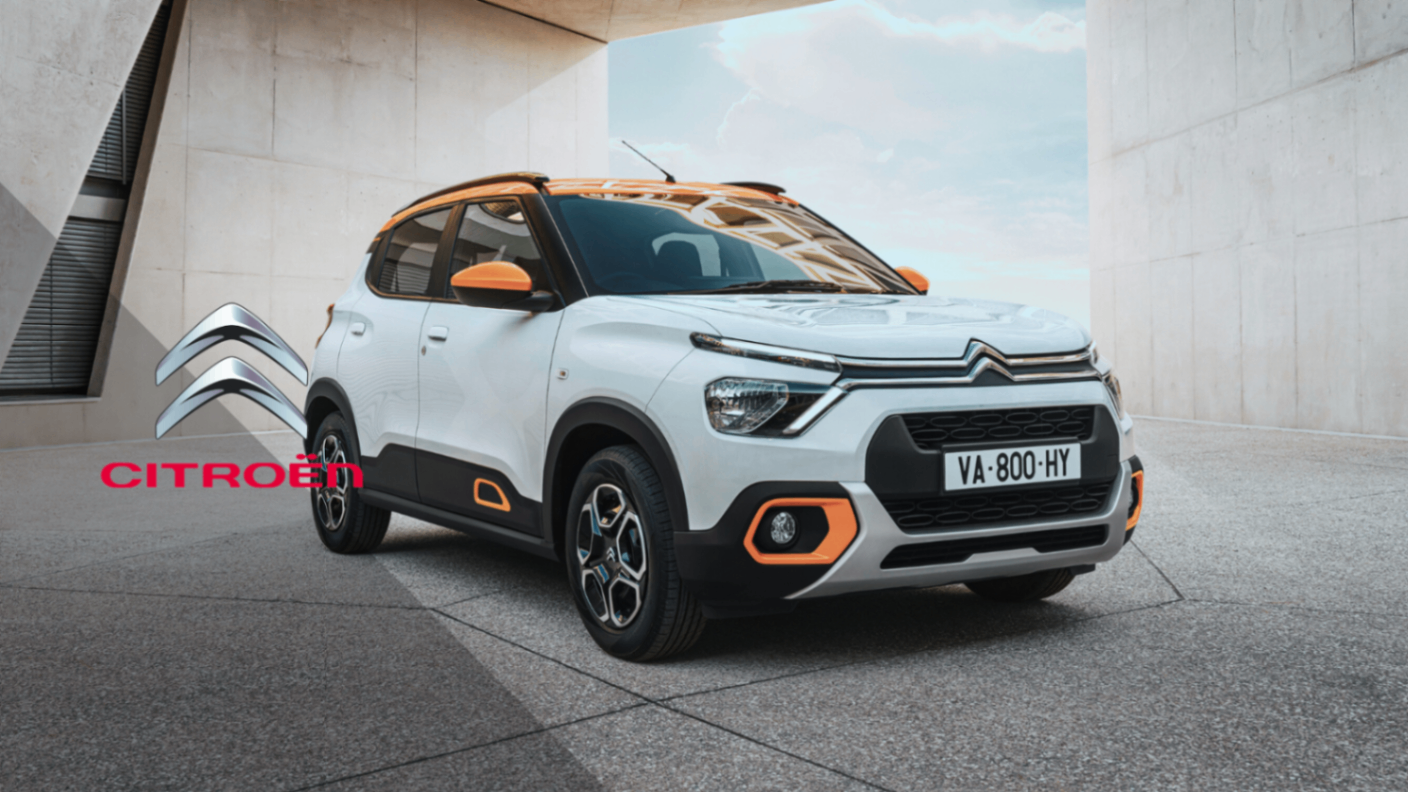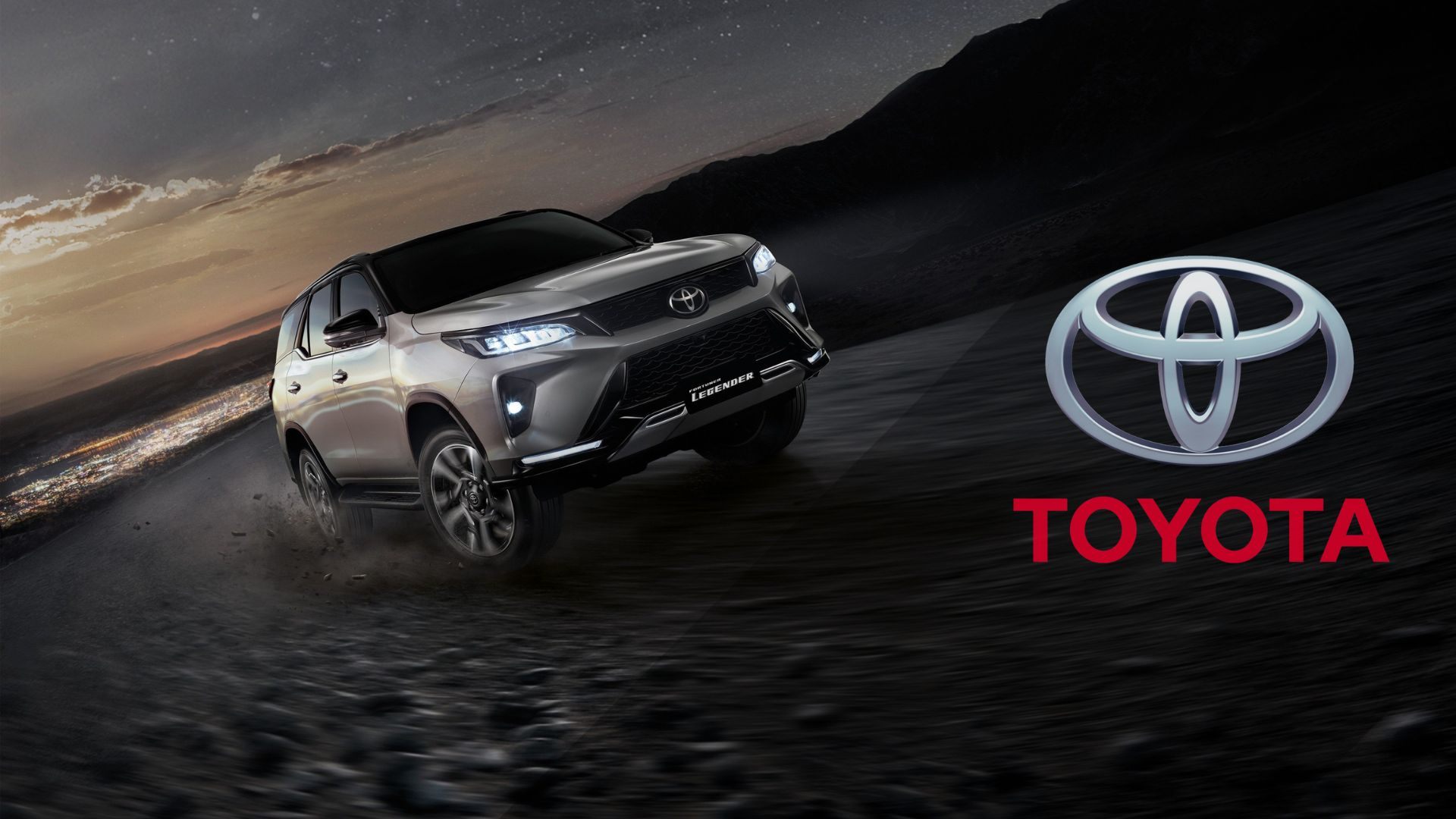
Rooted in shipbuilding and aviation, Kawasaki built more than just vessels and aircraft; it constructed a reputation for innovation and power. For over a century, the brand has proven that precision and strength aren't exclusive to industrial machines but can be translated to the road in motorcycles that have redefined speed and adrenaline.
The Early Days: Heavy Engineering and Industrial Advancements
Kawasaki was founded in 1896 by Shozo Kawasaki, a visionary who saw the potential of heavy engineering to transform Japan. Coming from a merchant family, Shozo Kawasaki was inspired by the technology and innovation he observed during his travels abroad. With a mind ahead of his time, Shozo realized that Japan needed to develop a robust infrastructure to compete on the global stage. Thus, the company's early years focused on shipbuilding, aviation, and heavy machinery, quickly positioning itself as a leader in these sectors.
See also: How a Worker Created an Automotive Empire | The Toyota Story
During its early stages, Kawasaki Heavy Industries engaged in the construction of steel vessels, a significant shift from the wooden ships that were prevalent at the time. This transition not only represented a technological advancement but also symbolized the progress of Japanese industry. In parallel, Kawasaki ventured into aviation, manufacturing aircraft that would become milestones in the history of Japanese aviation. The company also excelled in the production of heavy machinery, such as locomotives and industrial equipment, solidifying its reputation for excellence and reliability.
These roots in heavy engineering laid the foundation for the precision and innovation that characterize Kawasaki. The combination of technical expertise and a quality-oriented corporate culture enabled the company to develop cutting-edge technologies. Its experience in producing robust and efficient machinery allowed it to develop technologies that would be crucial for its future diversification. This solid technical foundation not only facilitated the transition to the motorcycle industry but was also fundamental to its ability to innovate and lead in various industrial sectors.
You might also be interested in: Nissan-Mitsubishi: A Marriage of Convenience or True Love?
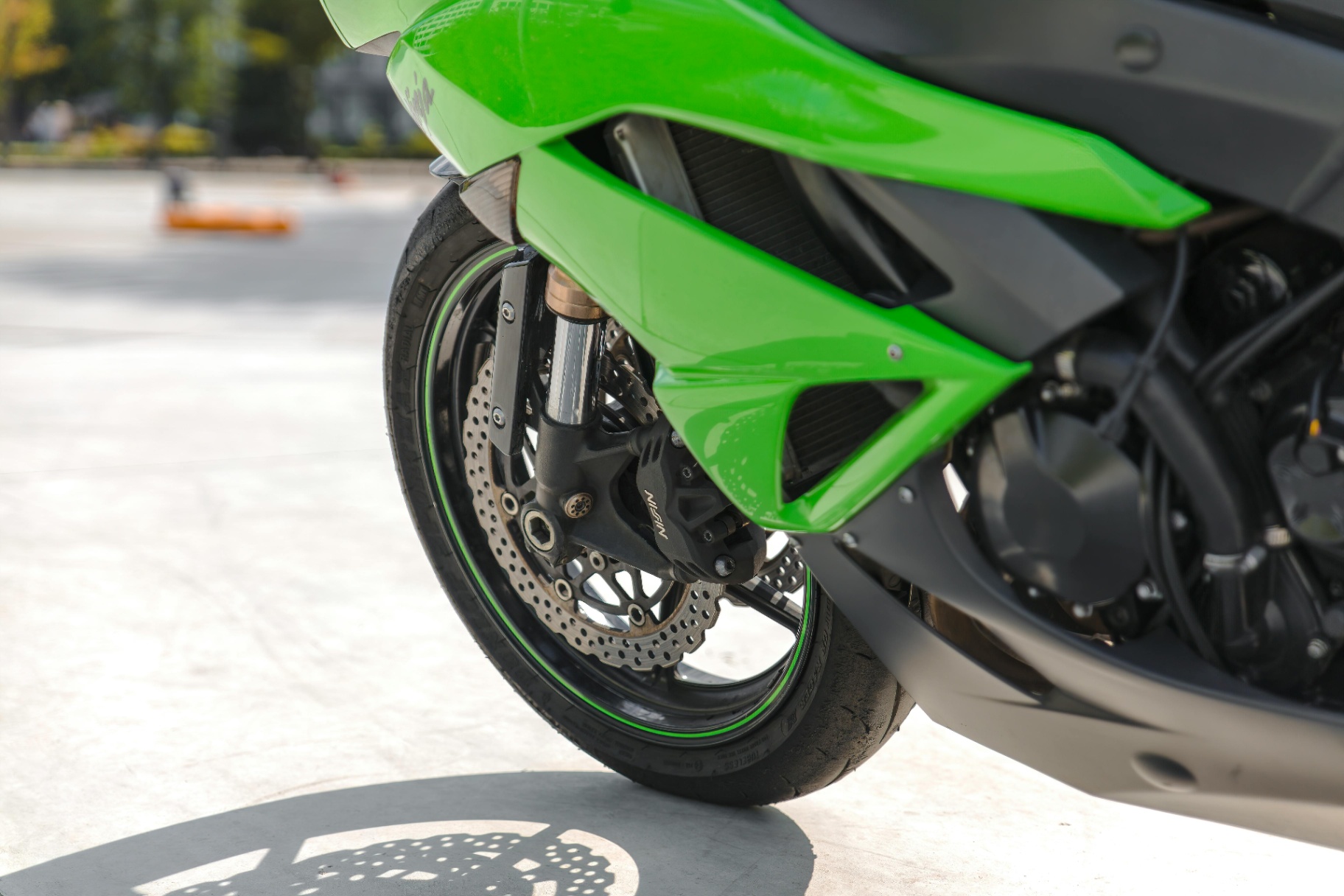
Shifting Gears: The Birth of Kawasaki Motorcycles
In the 1960s, Kawasaki made the strategic decision to diversify into the motorcycle industry. This was a pivotal moment that marked the beginning of a new era for the company. Driven by a vision to leverage its expertise in heavy engineering and precision mechanics, Kawasaki decided to embark on the development of motorcycles that were not only functional but also offered a superior riding experience.
Learn more: From Organs to Legendary Motorcycles | The Yamaha Story
Early Kawasaki motorcycle models quickly distinguished themselves from the competition through their power and reliability. The brand soon earned a prominent place in the market, thanks to innovations such as the parallel twin engine and the use of advanced materials that significantly improved the performance and durability of their bikes. Kawasaki focused not only on engineering but also on design, creating motorcycles that uniquely combined aesthetics and functionality.
This comprehensive approach allowed Kawasaki to build a solid reputation that endures to this day. The dedication to quality and innovation translated into an unprecedented brand loyalty among motorcyclists, who admired both the technology and reliability of Kawasaki bikes. Successes in the Japanese domestic market soon expanded internationally, solidifying Kawasaki as a key player in the global motorcycle industry.
Industry Revolution: Kawasaki and Superbikes
The introduction of the Kawasaki Z1 in 1972 was a revolutionary milestone. This model redefined expectations of performance and speed in motorcycling, setting new industry standards. The Z1, also known as the 'King of Motorcycles,' was an engineering marvel that combined a powerful 903cc inline-four engine with a rugged yet elegant design. This engine, delivering an impressive 82 horsepower, allowed the Z1 to reach speeds exceeding 200 km/h, an astounding feat for its time.
Look here: From Looms to Motors: The Suzuki Transformation
The impact of the Kawasaki Z1 was not limited to its technical performance. Its innovative design, featuring aerodynamic lines and an impeccable finish, captured the imagination of motorcyclists and set a new paradigm in motorcycle design. The Z1 was not only fast and powerful but also visually stunning, becoming a coveted object for motorcycle enthusiasts worldwide.
Kawasaki superbikes not only impacted technology and design but also deeply influenced motorcycle culture. The Z1, in particular, became a cultural icon, appearing in films, television series, and being the subject of countless stories and urban legends. This model solidified Kawasaki as an industry leader, admired for its innovation and excellence.
The success of the Z1 led Kawasaki to develop a full line of superbikes that continued to push the boundaries of performance and design. Models like the Ninja and ZX-10R followed in the Z1's footsteps, setting new records and winning prestigious awards in international competitions. The influence of these motorcycles was felt not only on the track but also on the streets, where motorcyclists worldwide sought the thrill and adrenaline that only a Kawasaki could offer.

Kawasaki in Competition: Track Dominance
Kawasaki's participation in motorcycle competitions has been a crucial component of its brand identity. From its earliest forays onto the racetrack, the company has demonstrated an unwavering commitment to excellence and high performance. Its most iconic track victories have solidified its image as synonymous with speed and power, conquering not only trophies but also the hearts of fans worldwide.
Learn about Honda in: Bombs Couldn't Stop Him | The Incredible Story of Honda
"Competitions have not only served as a testing ground for Kawasaki's technology but have also been a platform to showcase the potential of its motorcycles under the most extreme conditions. In iconic events like the World Superbike Championship and the legendary Isle of Man TT, Kawasaki bikes have shone brightly, accumulating victories and setting records that have become part of motorcycling history.
Many of Kawasaki's motorcycle models have been directly derived from its racing experience, leveraging the technology and lessons learned on the track to offer high-quality products to its customers. A clear example of this is the Ninja line, which has inherited the brand's competitive DNA to deliver motorcycles that not only excel on the track but also offer superior performance in everyday use. The constant feedback between racing and mass production has allowed Kawasaki to maintain a cycle of continuous innovation, where each new model benefits from the advancements achieved in the competitive arena.
Furthermore, participation in competitions has allowed Kawasaki to develop a community of riders and enthusiasts who share a passion for speed and innovation. This emotional bond with fans has translated into unparalleled brand loyalty, where each victory on the track is celebrated as a collective triumph.
Continuous Innovation: Kawasaki's Technology and Future
Kawasaki has continued to innovate in the motorcycle industry, introducing advanced technologies like the supercharged engine in the Ninja H2. This engine, with its forced induction system, has not only redefined the limits of power and speed but has also set a new standard in high-performance engine design. The Ninja H2, with its impressive acceleration and top speed, has become a benchmark in the world of motorcycling. This ability for constant innovation has kept the brand at the forefront of the industry, attracting a new generation of enthusiasts seeking the latest in technology and performance.
Additionally, Kawasaki is focused on sustainability and green technology, adapting to the demands of an ever-changing automotive market. The company has invested significantly in the development of electric motorcycles and in the research of alternative fuels, reaffirming its commitment to the environment. Kawasaki has launched hybrid and electric models that not only reduce carbon emissions but also maintain the high performance and reliability that characterize the brand. The integration of smart technologies, such as rider assistance systems and advanced connectivity, has made its motorcycles safer and more efficient, responding to the expectations of an increasingly conscious and demanding consumer.
The company's projections for the future are optimistic, with a continued commitment to excellence and innovation. Kawasaki plans to expand its line of eco-friendly products and continue exploring new technologies that can revolutionize the motorcycle industry. Kawasaki's vision includes not only the development of more sustainable motorcycles but also the creation of a supporting infrastructure, such as fast charging stations and specialized maintenance networks, to facilitate the transition to a greener future. With its focus on innovation and sustainability, Kawasaki is well-positioned to lead the next generation of motorcycles and continue to be a leader in the global industry.
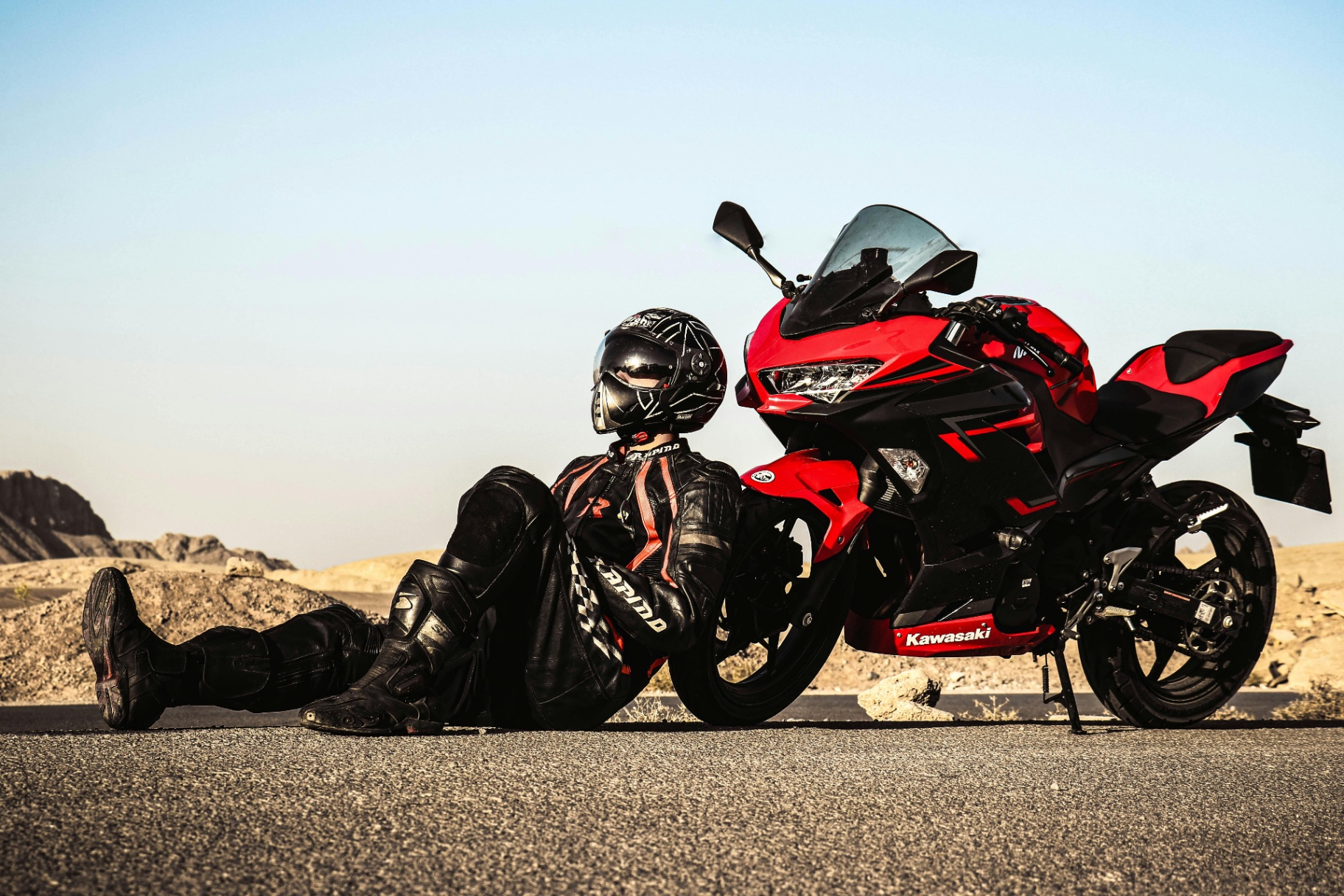
Beyond Motorcycles: Kawasaki's Diversification
But they're not just about motorcycles. The company remains a global leader in other areas such as train manufacturing, aircraft, and industrial machinery. This diversification demonstrates Kawasaki's ability to adapt and thrive in multiple industries.
In the railway sector, Kawasaki Heavy Industries has developed a formidable reputation with the production of high-speed trains and advanced railway technologies. The Shinkansen trains, popularly known as "bullet trains," are an iconic example of their cutting-edge engineering, offering speeds and efficiency levels that have revolutionized rail transportation in Japan and other countries.
In the aerospace industry, Kawasaki has been a cornerstone, collaborating in the manufacturing of critical components for both commercial and military aircraft. The company has worked closely with aviation giants like Boeing and Airbus, contributing its engineering expertise to the development of next-generation aircraft that fly the skies worldwide.
Industrial machinery is another area where Kawasaki has made its mark. From industrial robots to power generation systems, the company has demonstrated its ability to design and manufacture equipment that meets the highest standards of quality and performance. These products not only optimize industrial processes but also contribute to the development of critical infrastructure worldwide.
Kawasaki's ability to combine its heavy engineering heritage with its motorcycle dominance is a unique combination that has allowed it to remain a global leader. This legacy of innovation and versatility is an integral part of the brand's identity. Kawasaki's ability to integrate and excel in various industries not only strengthens its position in the global market but also demonstrates its unwavering commitment to innovation and excellence. This strategic diversification not only ensures the company's continued stability and growth but also reflects its vision of being a true pioneer in multiple technological fields.


